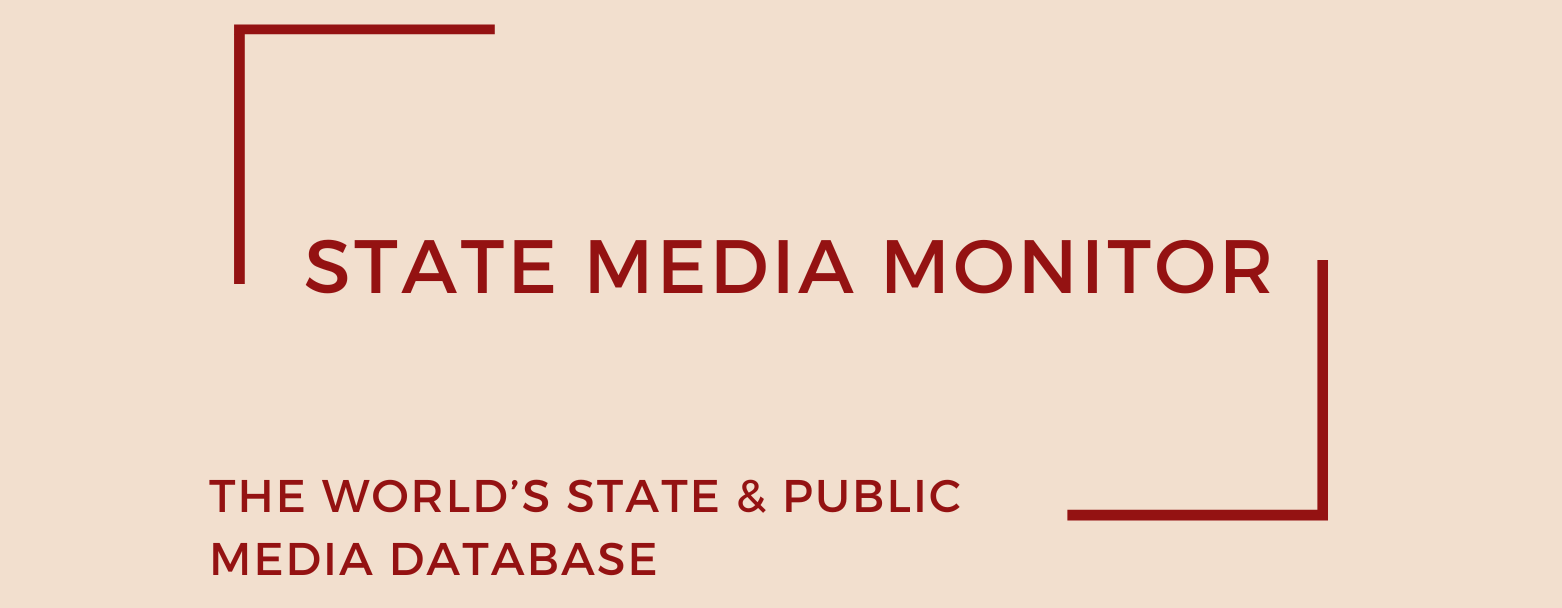Uruguay boasts a national television station accompanied by a network of state-affiliated radio channels, all governed by the Ministry of Education and Culture. Oversight and operations fall under the purview of the National Audiovisual Communication Service (SECAN), encompassing TV stations Channel 5 and Channel 8, as well as four public radio platforms: Radio Uruguay, Emisora del Sur, Clásica, and Radio Babel. These outlets serve up a balanced diet of cultural, sports, news, educational, and entertaining content. The foundation of state radio in Uruguay dates back to 1929 with the passing of Law No. 8557, which gave life to the Official Service of Electrical Broadcasting (SODRE). Public Television’s Channel 5, on the other hand, made its debut on airwaves in 1963.
Media assets
Radio: Radio Uruguay, Radio Cultura, Radio Babel, Radio Clásica
State Media Matrix Typology
Ownership and governance
In Uruguay, public broadcasters for television and radio operate under the directive of the Ministry of Education and Culture, more specifically through its executive branch, the National Audiovisual Communication Service (SECAN). The helm of SECAN had been steered until summer 2024 by seasoned journalist Gerardo Sotelo, who assumed this position through a direct presidential appointment. In July 2024, Carlos Muñoz, a television personality took Sotelo’s seat.
Although the country’s media legislation stipulates that state broadcasters should be governed by a three-member board—comprising a president, a vice president, and one additional official, all selected by the government with Senate approval—the full implementation of this provision has been hindered by varying legal interpretations. In practice, a government-appointed Director takes the reins of public media, managing both television and radio broadcasting operations.
The political landscape shifted significantly following Uruguay’s 2019 elections, which saw a transition of leadership from the left to the right. This shift sent ripples through SECAN’s operations during early 2020. In February 2020, the administration of newly-elected President Luis Lacalle Pou took swift action, appointing Gerardo Sotelo as SECAN’s Director via a presidential decree. With a distinguished career in journalism and a history of involvement in various political movements—including an association with the ruling coalition—Sotelo brought both professional expertise and political knowledge to his role.
Come May 2024, however, Sotelo stepped down from his post to throw his hat in the political ring. His intentions were firmly rooted in joining the Independent Party’s campaign efforts as Uruguay braced for its pivotal autumn elections later in the year when Sotelo was elected MP.
Source of funding and budget
While Uruguay’s state media outlets are permitted to generate revenue through the sale of airtime and advertising, their principal lifeline remains funding derived from the state budget. As per official government figures, SECAN was allocated a 2022 subsidy amounting to UYU 546.7m (equivalent to US$ 12.3m), acting as a financial cornerstone to support its operations.
Editorial independence
Uruguay’s public media, under governmental control, lack independence and have faced criticism for being editorially influenced by both left- and right-wing governments. The previous director, Sotelo, acknowledged the long-standing criticism of bias in public media coverage and pledged to implement changes.
After being appointed director in April 2020, Sotelo assured the people that the public media would be impartial and serve the public interest. However, he later sent a note to his staff stating that all journalistic content intended for dissemination would need to be reviewed by an official appointed by Sotelo, even before production. He argued that this measure was necessary to ensure “impartiality” and “public interest,” but the decision sparked controversy. Journalists criticized it as censorship, arguing that it was not feasible for them to seek authorization from management for every interview or news report. Additionally, there was controversy over the dismissal of nearly 50 journalists from Public Radio in November 2020, purportedly due to their small audience and the institution’s need for restructuring.
A series of ad hoc content analyses conducted by the Media and Journalism Research Center for this report in 2021 and 2024 revealed that public media occasionally feature members of the opposition, but these instances are rare. Public media have been predominantly subject to government editorial control in recent years.
Sotelo strongly rejected critical comments about the Uruguayan public media. A report from Deutsche Welle (DW) in May 2021 warned that media freedom in Uruguay was under threat. After other journalists in Uruguay disagreed with the report, DW interviewed additional sources and published a revised report that softened the criticism.
Despite concerted efforts by the management to bolster editorial independence within Uruguay’s public media, allegations of censorship have persisted in recent years, casting a shadow over these initiatives.
Under the framework of Law No. 19307 of 2014—commonly referred to as the media law—which governs radio, television, and other audiovisual communication services, state-run broadcasters under SECAN are expressly obligated to uphold “editorial and programming independence.” Furthermore, they must promote “plurality and diversity of content” to cultivate an informed, critical, and creative public discourse. The same legislation unequivocally protects journalists, including those within state-controlled outlets, by enshrining their right to invoke “conscientious objection” when confronted with directives from superiors that conflict with their principles.
Yet, these protective measures seem more aspirational than lived realities, as cases continue to reveal that government influence over public media’s editorial content has hardly diminished.
Additionally, while the media law mandates the establishment of an Ombudsman to oversee transparency and accountability within state-run media, no concrete evidence suggests that such a role has been formally instituted. The absence of this pivotal safeguard leaves concerns hanging in the balance.
April 2025
